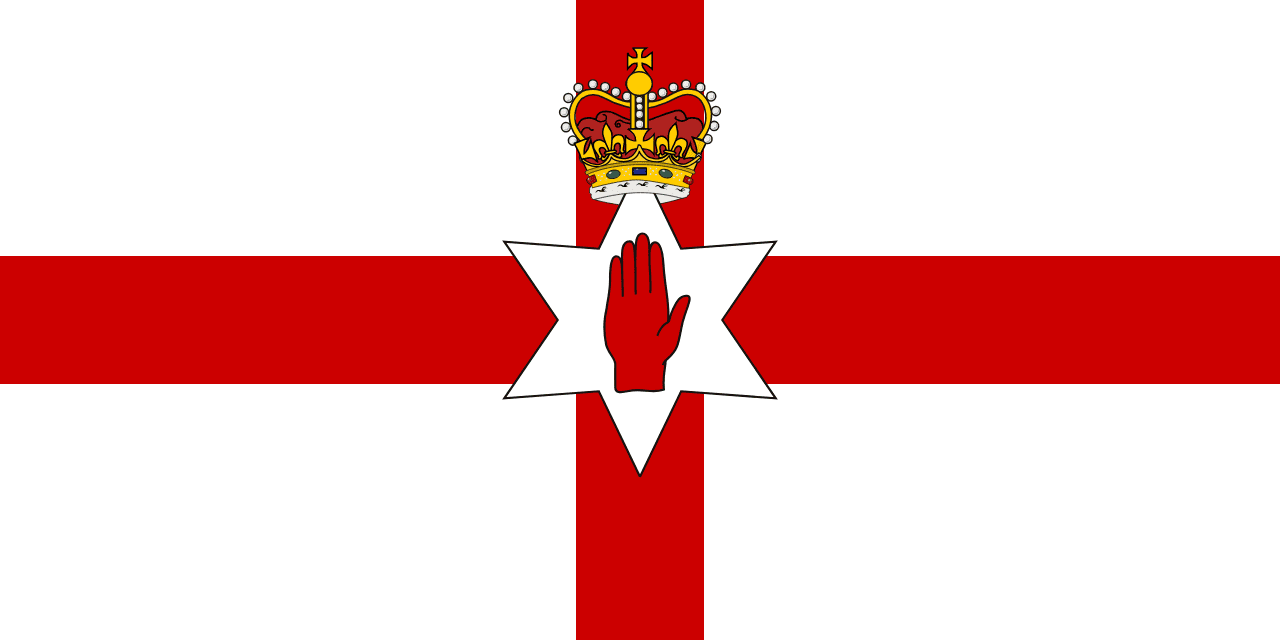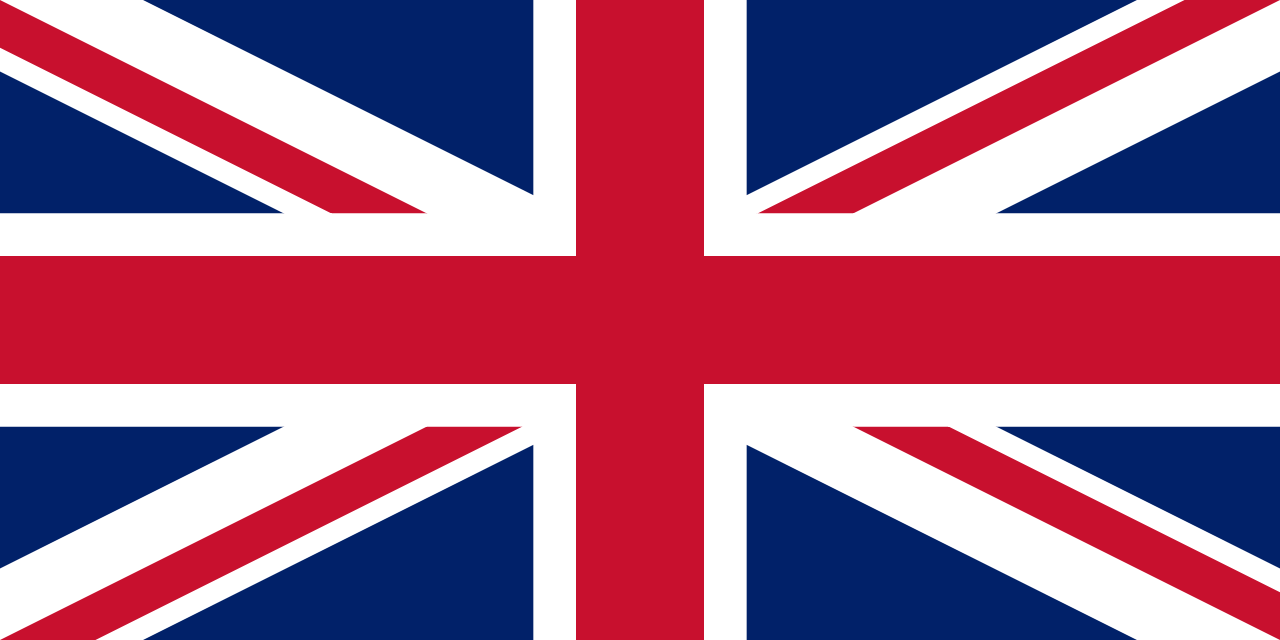Wales Flag Meaning
Y Ddraig Goch - the red dragon passant on green and white horizontal field, representing Welsh heritage and Celtic identity.
- Continent
- Europe
- Adopted
- 1959
- Ratio
- 3:5
- Colors
- red, green, white

Symbolism
Red Dragon (Y Ddraig Goch): Ancient Celtic symbol representing strength, courage, and leadership. The dragon embodies the spirit of the Welsh people and their fierce independence throughout history.
Green Field: Represents the lush Welsh countryside, rolling hills, and valleys that characterize the Welsh landscape, as well as hope and rebirth in Celtic tradition.
White Field: Symbolizes peace, honesty, and the pure intentions of the Welsh people, as well as the snow-capped mountains of Snowdonia and Welsh winters.
Dragon's Posture: The dragon is shown 'passant' (walking with right fore-paw raised), symbolizing Wales moving forward while maintaining its proud heritage and traditions.
Tudor Colors: The green and white colors were adopted by the Tudor dynasty, whose Welsh origins are reflected in these heraldic colors representing the House of Tudor.
History
- Roman Period (78-410 AD): Red dragon symbols appeared on Roman standards in Wales, possibly inspiring the later adoption of the dragon as a Welsh symbol.
- Medieval Period (400-1200): Welsh kings including Cadwaladr ap Cadwallon used dragon banners in battle. The red dragon became associated with Welsh resistance against Saxon invasion.
- 1485: Henry Tudor (later Henry VII) carried the red dragon banner at the Battle of Bosworth Field, claiming the English throne and establishing the Tudor dynasty.
- 1807: The red dragon on green and white field was first officially recognized as the badge of Wales by the Royal Warrant.
- February 27, 1959: Queen Elizabeth II officially recognized the current flag design, formally establishing Y Ddraig Goch as the national flag of Wales.
- 1999: Welsh Assembly (now Senedd) established with devolution, and the Welsh flag gained renewed prominence as a symbol of Welsh self-governance.
Trivia
- Wales is the only country in the United Kingdom not represented in the Union Jack, as it was considered part of England when the flag was designed.
- The Welsh word 'Cymru' means 'land of comrades' and reflects the strong sense of community and solidarity in Welsh culture.
- Saint David's Day (March 1) is Wales' national day, when the Welsh flag is displayed prominently and Welsh culture is celebrated worldwide.
- The red dragon appears in the Mabinogion, ancient Welsh myths that influenced Arthurian legends and medieval European literature.
- Wales has two official languages: Welsh (Cymraeg) and English, with road signs and official documents displayed in both languages.
- The flag is prominently displayed at Welsh rugby matches, where it has become a symbol of national pride and sporting excellence.
- Cadair Idris and Snowdon (Yr Wyddfa) mountains are said to be home to dragons in Welsh folklore, connecting the landscape to the flag's symbolism.
- The Tudor rose combines red and white roses, but the Welsh dragon predates this symbol and represents the Welsh origins of the Tudor dynasty.
- Wales has the highest concentration of castles per square mile in the world, many built to defend against the very spirit represented by the red dragon.
- The leek and daffodil are also Welsh national symbols, often displayed alongside the flag on Saint David's Day celebrations.
- Welsh male voice choirs traditionally perform with the Welsh flag backdrop, connecting music to national identity.
- The flag was designed to be clearly visible and distinctive, with bold colors that stand out whether flying or hanging limp in still air.
- During the 1960s and 1970s, the Welsh flag became a symbol of the Welsh language revival movement and cultural nationalism.
Related Countries

Ireland
Europe
Three equal vertical stripes of green, white, and orange, representing the hope for peace between the Catholic and Protestant communities of Ireland, with the tricolor symbolizing unity and the aspiration for a harmonious Irish nation.

Northern Ireland
Europe
The Ulster Banner - featuring the Red Hand of Ulster on a white field with the Union Jack canton and crown, served as Northern Ireland's official flag from 1953-1972 and remains in unofficial use today.

United Kingdom
Europe
The Union Jack combines the crosses of Saint George (England), Saint Andrew (Scotland), and Saint Patrick (Ireland) on a blue field, representing the political union of England, Scotland, and Ireland under one crown, though Wales is not directly represented in the flag design.

Scotland
Europe
The Saltire - white diagonal cross of Saint Andrew on azure blue field, one of the world's oldest national flags.

Belgium
Europe
Three vertical stripes of black, yellow, and red derived from the coat of arms of the Duchy of Brabant, adopted during Belgium's independence revolution and representing the nation's determination, generosity, and sacrifice.

Netherlands
Europe
A horizontal tricolor of red, white, and blue, the oldest tricolor still in use today. It originated in the 16th century during the Dutch Revolt against Spain.